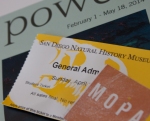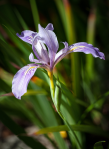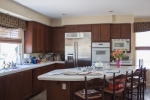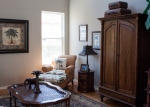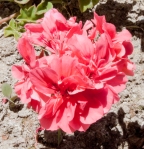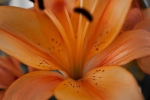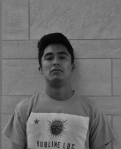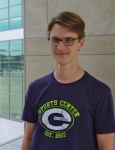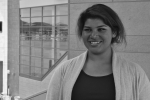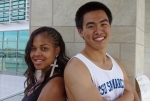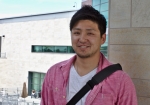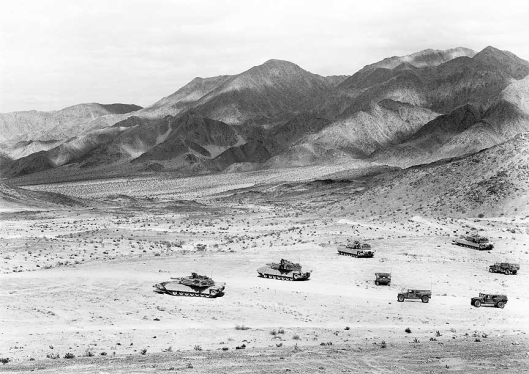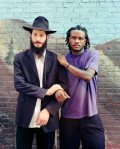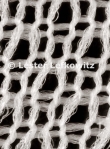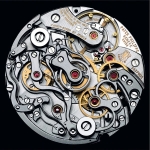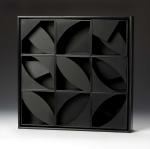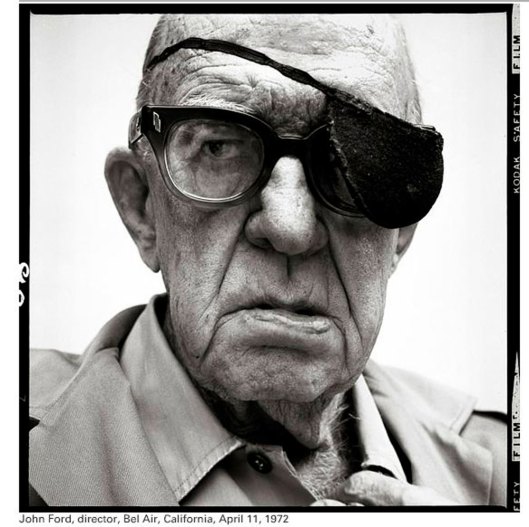Final Quiz
- Describe
A. Exposure: The total amount of light striking the image sensor.
B. Shutter Speed: The amount of time a camera’s shutter remains open, letting light hit the image sensor. Faster shutter speed = shorter exposure time.
C. Contrast: The difference between the lighter colors/greyscale and the darker colors/greyscale in an image. Using software, you can both increase and decrease contrast.
D. Aperture: The varibale opening in a lens through which light passes to strike the image sensor. Expressed in F-number/stop.
2. While in the studio, where light is both plentiful and adjustable, a DSLR’s ISO range should fall between 200 and 400 (at most). ISO adds light to your image digitally, so you want to use it as little as possible in order to keep your images high quality. This is why ISO is used for particularly dark photographs, since it helps create more light for the image sensor.
- First you would place your camera’s SD card in the computer, next you would copy the contents of the SD card on to your hard drive. From there, you would drag those copies to the Lightroom logo in the MacOS toolbar. From there, Lightroom will add it to your catalog after importing. You can then rename the photos for easier management. We were told to label them like so: Stanford_042814 (Lastname and date in numerical form). You can then rate the photos by hitting the corresponding number (1-5) on the keyboard to give you even further organization. These ratings can then help you filter out the good from the bad.
- You might use Aperture Priority if you wanted a fixed aperture such as when we shot in the controlled environment of the Kellogg Library studio. This way you could focus solely on the shutter speed and have fewer variables to work with. I personally prefer working in manual even in these situations because I prefer to control all of my variables.
- 1st Photographer: Richard Avedon, 2nd Photographer: Richard Renaldi
- A diptych involves two photographs in the same image. A triptych involves three photographs in the same image (popular in religious paintings). A polyptych involves four or more photographs in the same image. Each image is separate, but on the same plane as the others, usually thematically similar.
- The three main things stressed in the Alphabet Assignment were that we could not “set up” any of the photograph (they had to occur naturally), that we should create out grids in Photoshop (not Lightroom), and that…
- I really enjoyed both the Alphabet assignment (because it was almost like a scavenger hunt) and the PhotoBooth project (because it allowed me to engage our subjects and because I was pleasantly surprised by the amount of people on campus who helped us). If I had to pick something I did not like, it would be the projects we did in cooperation with the other classes; no one really understood the assignment in the other classes and ultimately I think they will be disappointed in the images since we were sort of winging it.

